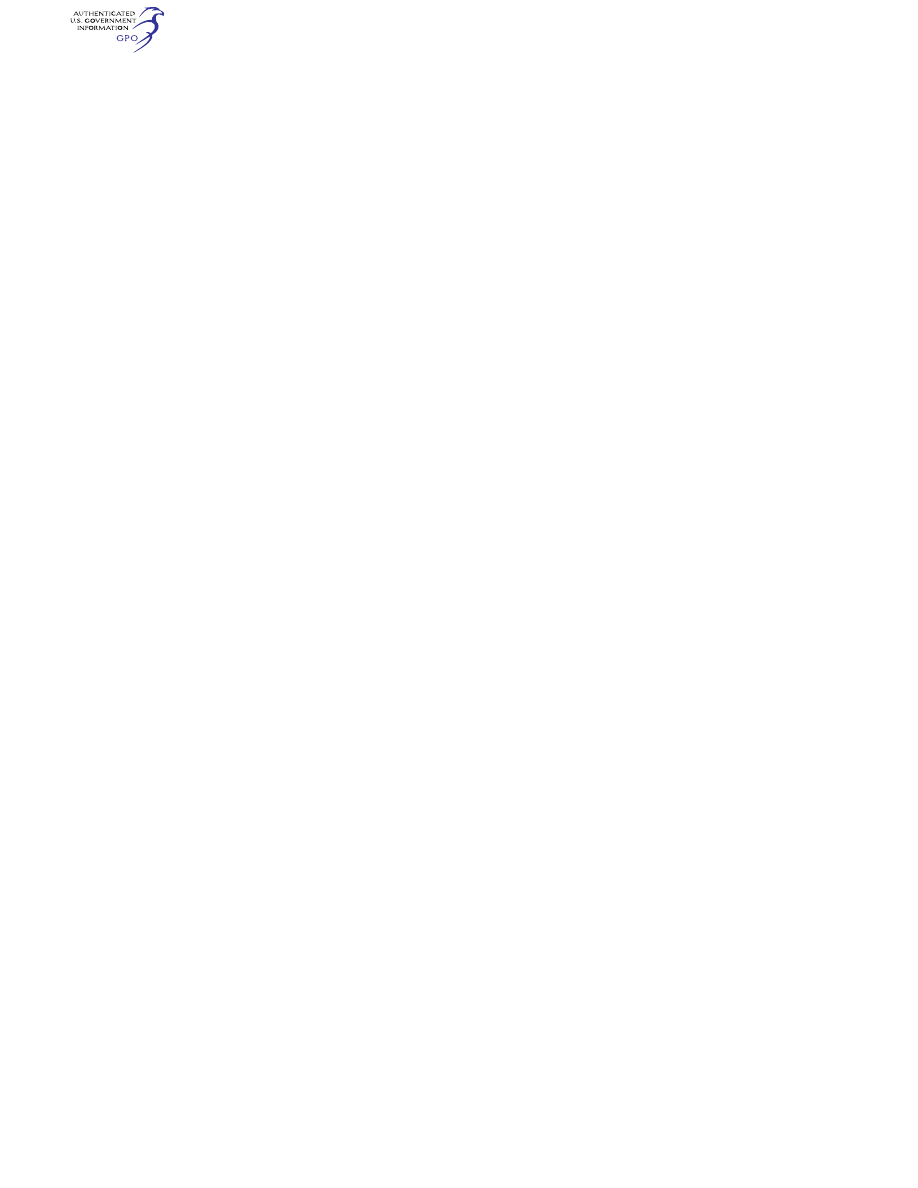
490
14 CFR Ch. I (1–1–24 Edition)
§ 61.49
(2) A person who would otherwise act
as pilot in command of the flight or for
a portion of the flight.
(c) Notwithstanding the type of air-
craft used during the practical test, the
applicant and the examiner (and any
other occupants authorized to be on
board by the examiner) are not subject
to the requirements or limitations for
the carriage of passengers that are
specified in this chapter.
[Doc. No. 25910, 62 FR 16298, Apr. 4, 1997;
Amdt. 61–103, 62 FR 40897, July 30, 1997]
§ 61.49
Retesting after failure.
(a) An applicant for a knowledge or
practical test who fails that test may
reapply for the test only after the ap-
plicant has received:
(1) The necessary training from an
authorized instructor who has deter-
mined that the applicant is proficient
to pass the test; and
(2) An endorsement from an author-
ized instructor who gave the applicant
the additional training.
(b) An applicant for a flight instruc-
tor certificate with an airplane cat-
egory rating or, for a flight instructor
certificate with a glider category rat-
ing, who has failed the practical test
due to deficiencies in instructional pro-
ficiency on stall awareness, spin entry,
spins, or spin recovery must:
(1) Comply with the requirements of
paragraph (a) of this section before
being retested;
(2) Bring an aircraft to the retest
that is of the appropriate aircraft cat-
egory for the rating sought and is cer-
tificated for spins; and
(3) Demonstrate satisfactory instruc-
tional proficiency on stall awareness,
spin entry, spins, and spin recovery to
an examiner during the retest.
§ 61.51
Pilot logbooks.
(a)
Training time and aeronautical ex-
perience. Each person must document
and record the following time in a
manner acceptable to the Adminis-
trator:
(1) Training and aeronautical experi-
ence used to meet the requirements for
a certificate, rating, or flight review of
this part.
(2) The aeronautical experience re-
quired for meeting the recent flight ex-
perience requirements of this part.
(b)
Logbook entries. For the purposes
of meeting the requirements of para-
graph (a) of this section, each person
must enter the following information
for each flight or lesson logged:
(1) General—
(i) Date.
(ii) Total flight time or lesson time.
(iii) Location where the aircraft de-
parted and arrived, or for lessons in a
full flight simulator or flight training
device, the location where the lesson
occurred.
(iv) Type and identification of air-
craft, full flight simulator, flight train-
ing device, or aviation training device,
as appropriate.
(v) The name of a safety pilot, if re-
quired by § 91.109 of this chapter.
(2) Type of pilot experience or train-
ing—
(i) Solo.
(ii) Pilot in command.
(iii) Second in command.
(iv) Flight and ground training re-
ceived from an authorized instructor.
(v) Training received in a full flight
simulator, flight training device, or
aviation training device from an au-
thorized instructor.
(3) Conditions of flight—
(i) Day or night.
(ii) Actual instrument.
(iii) Simulated instrument conditions
in flight, a full flight simulator, flight
training device, or aviation training
device.
(iv) Use of night vision goggles in an
aircraft in flight, in a full flight simu-
lator, or in a flight training device.
(c)
Logging of pilot time. The pilot
time described in this section may be
used to:
(1) Apply for a certificate or rating
issued under this part or a privilege au-
thorized under this part; or
(2) Satisfy the recent flight experi-
ence requirements of this part.
(d)
Logging of solo flight time. Except
for a student pilot performing the du-
ties of pilot in command of an airship
requiring more than one pilot flight
crewmember, a pilot may log as solo
flight time only that flight time when
the pilot is the sole occupant of the
aircraft.
(e)
Logging pilot-in-command flight
time. (1) A sport, recreational, private,
commercial, or airline transport pilot
VerDate Sep<11>2014
14:00 Mar 14, 2024
Jkt 262047
PO 00000
Frm 00500
Fmt 8010
Sfmt 8002
Q:\14\14V2.TXT
PC31
aworley on LAPBH6H6L3 with DISTILLER